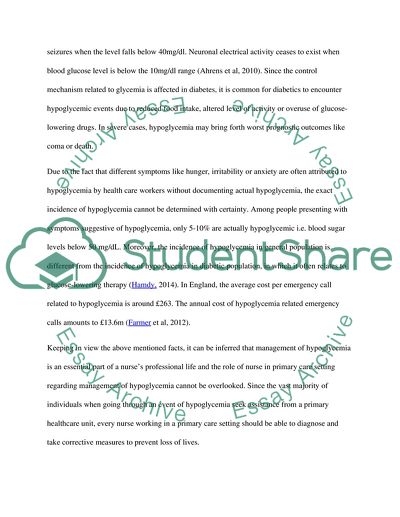Cite this document
(“Managing hypoglycemia in primary care as a practice nurse Essay”, n.d.)
Managing hypoglycemia in primary care as a practice nurse Essay. Retrieved from https://studentshare.org/nursing/1672959-managing-hypoglycemia-in-primary-care-as-a-practice-nurse
Managing hypoglycemia in primary care as a practice nurse Essay. Retrieved from https://studentshare.org/nursing/1672959-managing-hypoglycemia-in-primary-care-as-a-practice-nurse
(Managing Hypoglycemia in Primary Care As a Practice Nurse Essay)
Managing Hypoglycemia in Primary Care As a Practice Nurse Essay. https://studentshare.org/nursing/1672959-managing-hypoglycemia-in-primary-care-as-a-practice-nurse.
Managing Hypoglycemia in Primary Care As a Practice Nurse Essay. https://studentshare.org/nursing/1672959-managing-hypoglycemia-in-primary-care-as-a-practice-nurse.
“Managing Hypoglycemia in Primary Care As a Practice Nurse Essay”, n.d. https://studentshare.org/nursing/1672959-managing-hypoglycemia-in-primary-care-as-a-practice-nurse.


